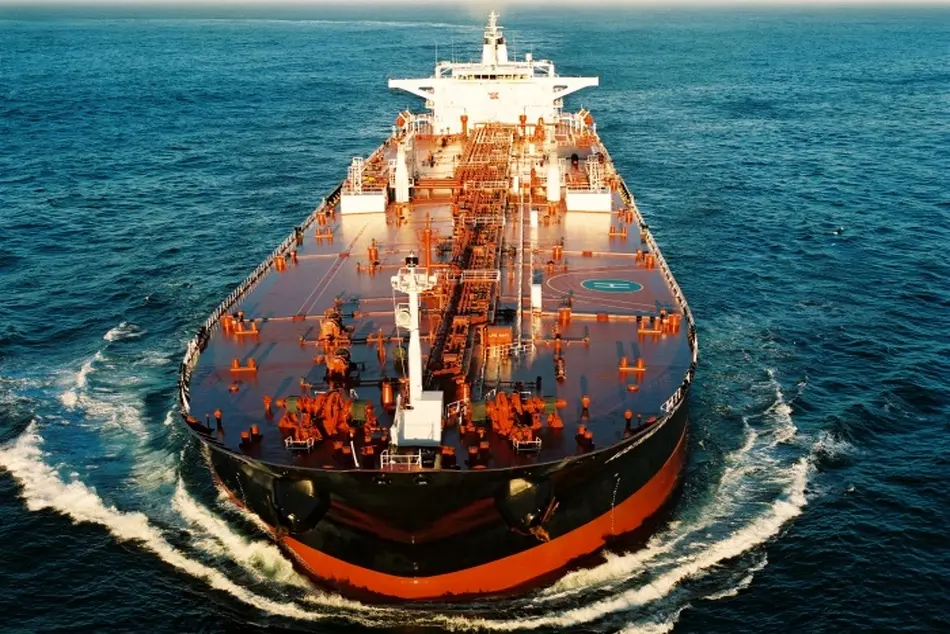Tanker Market Could Rebound on IMO 2020 Rule

By now, it’s no secret that the tanker market is in dire straits for quite some time. However, according to Teekay, an unlikely “knight in shining armour” could come in the form of the IMO 2020 rule, regarding the use of low-sulphur fuels. In its market outlook, the shipowner said that “looking further ahead, the Company believes the new IMO regulations on sulphur content in bunker fuels due to come into force on January 1, 2020, could be positive for tanker demand. Some of the potential impacts that would benefit the tanker market include an increase in crude tanker trade due to increased refinery utilization and throughput in order to produce more low-sulphur fuels; an increase in clean tanker trade due to the increased production of low-sulphur fuel and the need to deliver these fuels to global bunker markets; and floating storage demand for both clean products (building inventories of low-sulphur fuel prior to 2020) and dirty products (a need to store excess fuel oil post-2020)”.
In the meantime though, things are still pretty grim. “Crude tanker rates remained at cyclical lows in the second quarter of 2018 due to continued OPEC supply cuts and a further drawdown in global oil inventories. OPEC crude oil supply fell to 31.6 million barrels per day (mb/d) in April 2018, the lowest level in over three years. The decline in OPEC supply was due to both high compliance with crude oil supply cuts and plummeting output from Venezuela, where supply is at the lowest level since the early 1950s. Firm oil demand, coupled with OPEC supply cuts, resulted in a further decline in global oil inventories during the second quarter of 2018, with OECD inventories falling below the five-year average for the first time since 2014. The large drawdown of global oil inventories seen over the past 18 months has been negative for crude tankers, as it has reduced import demand”, Teekay said.
The shipowner added that “although the tanker market has endured a very weak first half of the year, the Company remains encouraged by underlying tanker market fundamentals. On the fleet supply side, the global tanker fleet experienced virtually zero net fleet growth in the first six months of 2018. A total of 15.7 million deadweight tonnes (mdwt) of vessels were removed from the fleet in the first half of 2018 while 15.8 mdwt of newbuildings entered the fleet. Looking ahead, the Company expects that fleet growth in the remainder of 2018 will remain low due to elevated scrapping levels and a shrinking orderbook for mid-size tankers. The Company is now forecasting approximately 2.5 percent net Suzemax fleet growth and 1.5 percent net Aframax/Long Range 2 (LR2) fleet growth in 2018 and approximately 1.5 percent net fleet growth in both fleets during 2019”.
Meanwhile, according to Teekay “global oil demand remains firm with forecast growth of 1.6 mb/d in 2018 and a further 1.5 mb/d in 2019 (average of IEA, EIA and OPEC forecasts). In response to this strong demand, and given that oil inventories have now fallen below five-year average levels, OPEC recently announced that it will increase oil production in order to keep the markets adequately supplied to prevent oil prices from rising too high. OPEC’s intention is to return to 100 percent compliance with production cuts, having been well above 100 percent through the first six months of the year. This implies an increase in OPEC crude oil production of up to 1 mb/d from current levels. An increase in OPEC oil production through the second half of the year would be positive for tanker demand, although uncertainty remains over the impact of a potential decline in Iranian exports due to U.S. sanctions, which could offset some of these gains”.
“In summary, the tanker market has gone through a period of very weak freight rates during the first half of 2018, due primarily to OPEC supply cuts and a drawdown in global oil inventories. However, the Company believes that an inflection point will be reached later in 2018 due to improving demand fundamentals and slow fleet supply growth. This is expected to lead to an improved tanker market, further boosted by positive demand developments ahead of the new IMO fuel regulations in 2020”, Teekay concluded.



